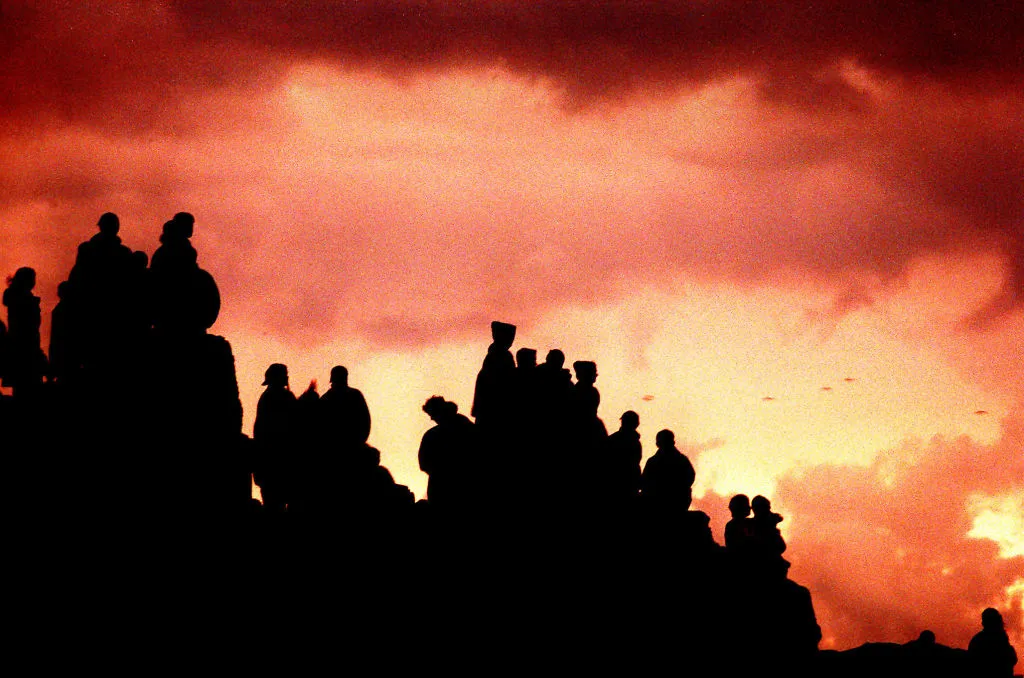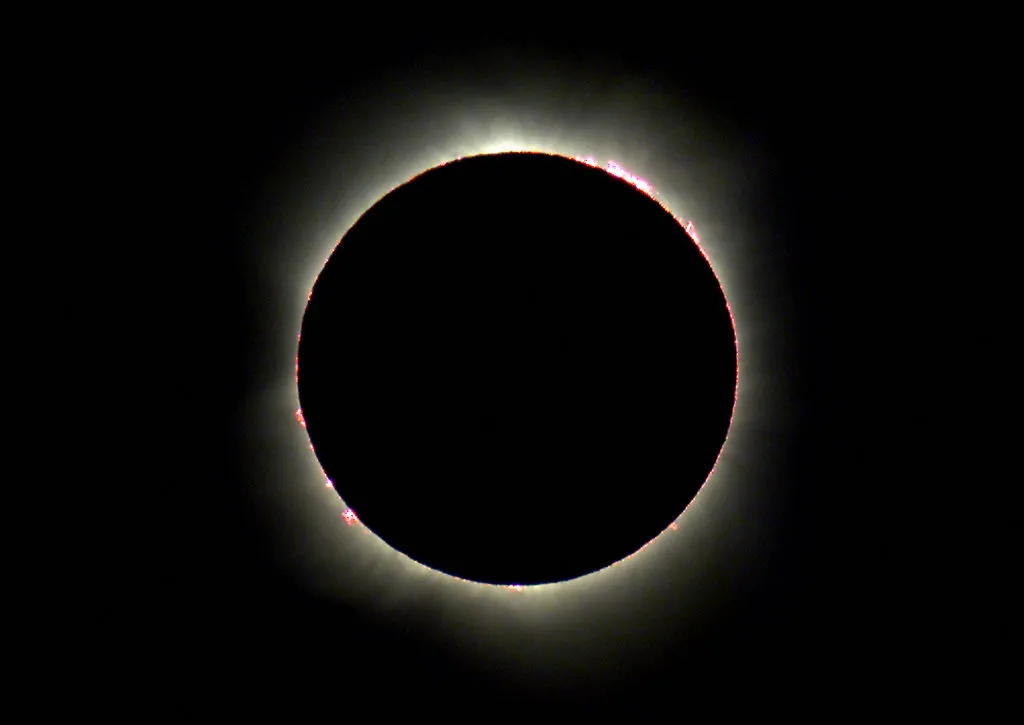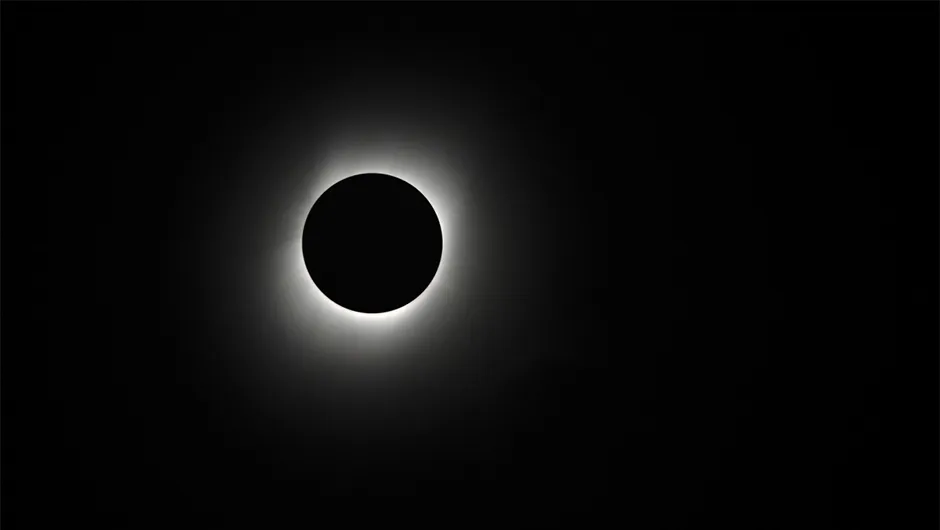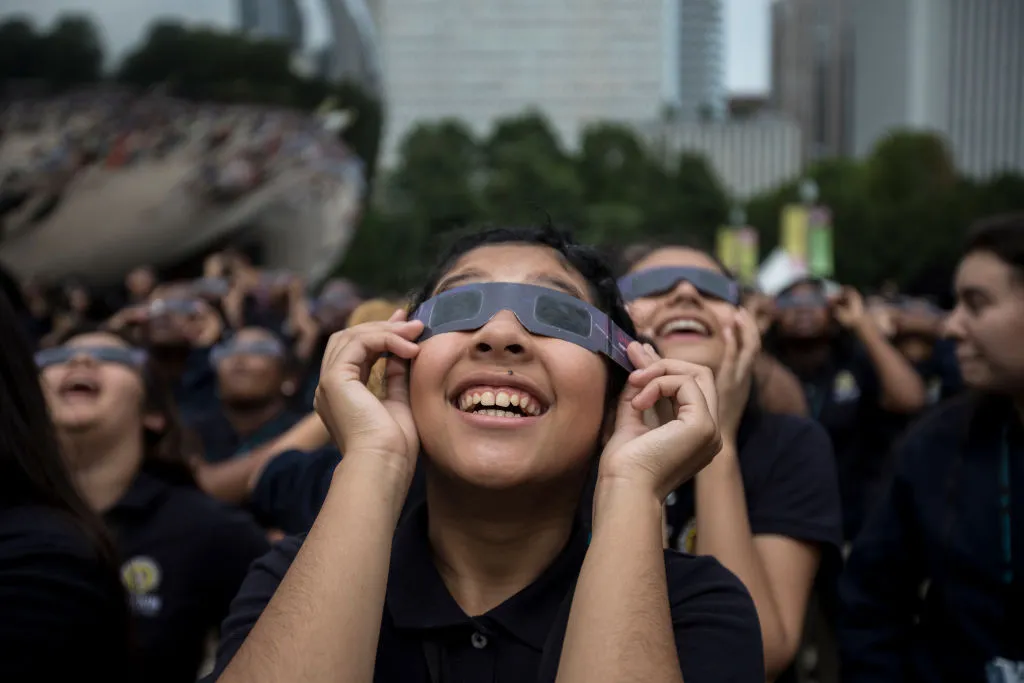Seeing a total solar eclipse for the time is incredible; it's a special moment you'll remember forever. Nothing I had seen before prepared me for the experience.
The moment I watched the Moon slide across the face of the Sun and I stood in the lunar shadow is something I will never forget – and will always want to experience again.
The phrase ‘once seen, never forgotten’ doesn’t convey the moment’s emotional weight, but it could have been written with a total solar eclipse in mind.
Instantly, I understood why some people become ‘umbraphiles’ – people who chase eclipses across the world so that they can stand in the shadow of the Moon. I certainly wanted to see another one.
Little did I know that when the time came, I would be advising almost 1,000 other people on how to see it.
Find out when the next eclipse is happening and how safely observe a solar eclipse

Seeing an eclipse for the first time
The first eclipse I witnessed was in Cornwall in 1999. It was raining.
I still loved the experience, but when I saw a clear eclipse in Turkey in 2006, my life changed.
The utter blackness of the Moon’s silhouette, the little beads of light that ringed the Moon as the sunlight poked through the lunar valleys, the ghostly tendrils of the solar atmosphere that could suddenly be seen reaching into space.
It was breathtaking.

So when I was invited to be the astronomer on an eclipse trip to China in 2009, I jumped at the chance.
But as I stood waiting with so many people on that August day, I felt a great weight of responsibility resting on my shoulders.
I had told everyone who would listen on that trip of the wonders to come.
But when the day came, I felt a pang of nervousness that clouds might threaten the spectacle, hiding it from our view, and that I would let everyone down.
Thankfully, in the event, we caught sight of the eclipse and it was a satisfying experience.
It was the feeling that I experienced in the moments of totality during the Turkish eclipse that I have continued to think about.

What it's like seeing a total solar eclipse
So what makes a total solar eclipse so special, and why would I encourage anyone to see one?
Firstly, I was excited to be seeing the event. Then, I was stunned at the unearthly beauty of it.
But as totality arrived, I was shocked at the shiver of fear that slid through me as the world around me plunged into an unnatural, unstoppable darkness.
I have since learned that philosophers would call this feeling the sublime.
Scholars of aesthetics draw a distinction between the merely beautiful and the sublime.
The beautiful is something that brings pleasure to the viewer. It is usually small(ish) and capable of being seen as a part of a larger whole.

Above all, it is non-threatening; a flower or a human face can be beautiful.
The sublime is also beautiful, but is so large and it represents something so powerful that even though we are drawn to it, we are also overwhelmed by it.
It is this cocktail of delight and fear that gives us the sublime feeling of awe.
And in that sense, a total solar eclipse is the most awesome, special thing I have ever seen.
This article appeared in the April 2019 issue of BBC Sky at Night Magazine
